Description
- 【sturdy and reliable】Withstand high wind (2400Pa) and snow loads (5400Pa), resistant aluminum frame which allows the panels to last for decades.
- 【High Conversion Efficiency】- With high-efficiency monocrystalline solar cells, 25-year transferable power output,5-year material and workmanship
- 【Application】Perfect for 12-volt battery charging or multiple panels can be wired in series for 24/48-volt battery charging or for grid-tied applications,Suitable for Caravan, RV, Golf car, Electric car, Yacht, Boat, Tent or backpack ect. It is the best choice for home energy investment
- 【Installation】Easy installation with pre-drilled hole
- 【Multi-protection】Built-in bypass diode to protect solar cells from overheating.
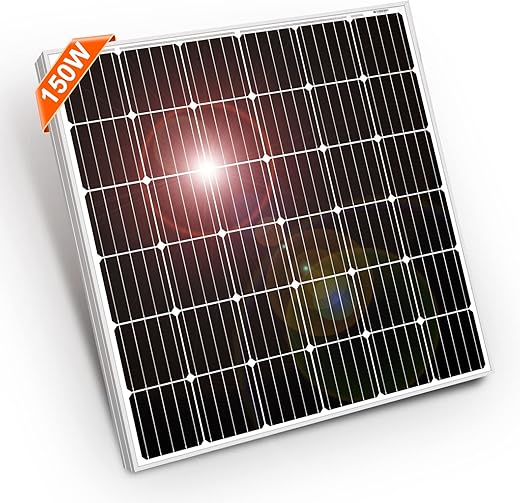
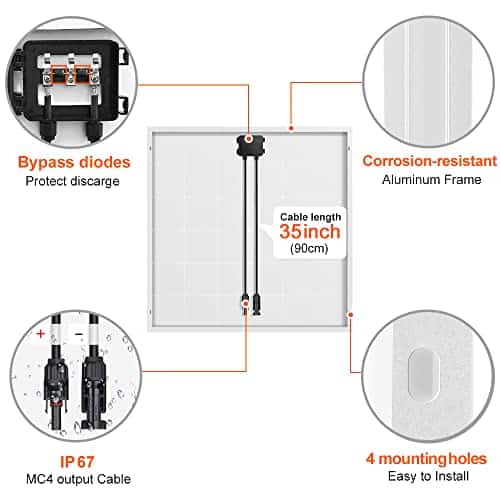
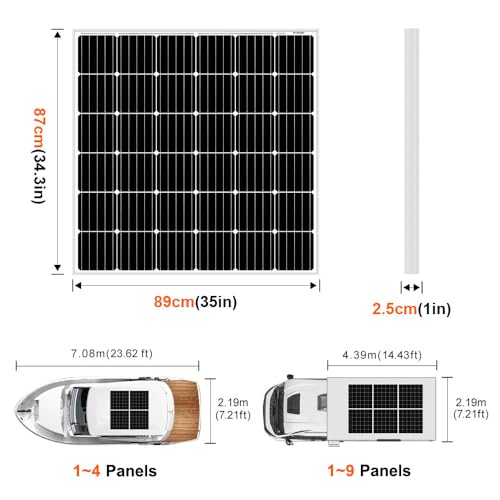
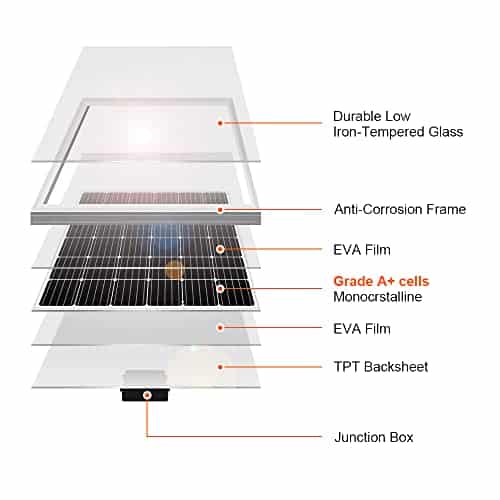
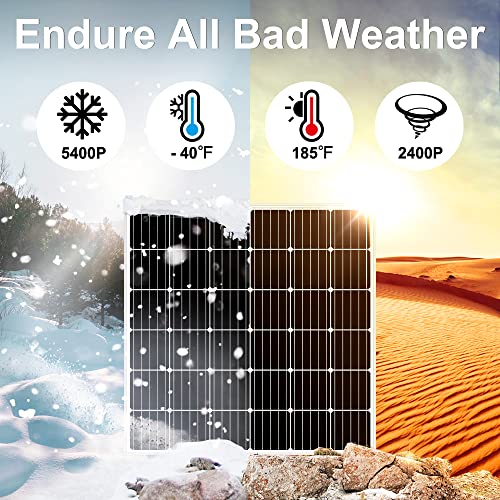
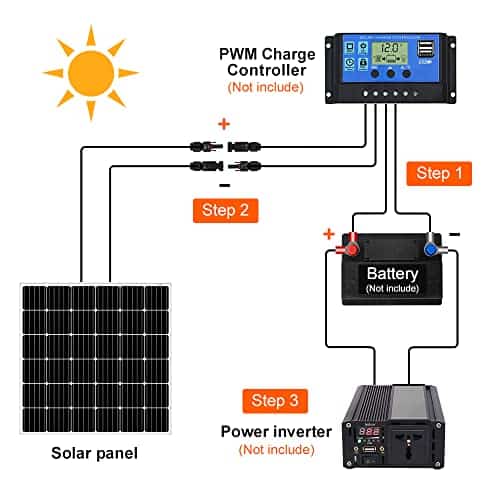
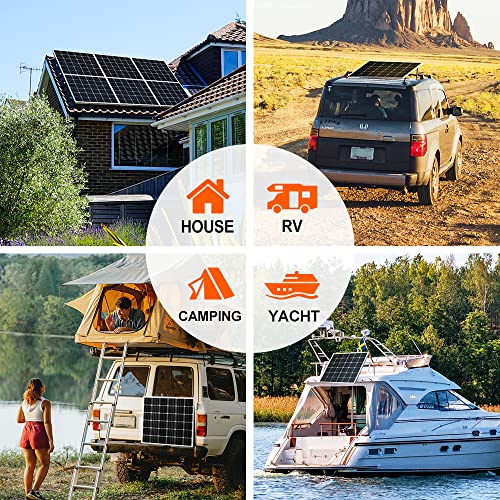
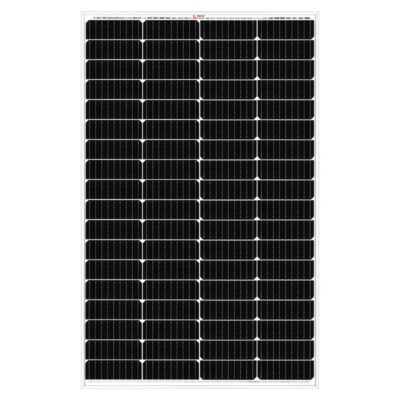
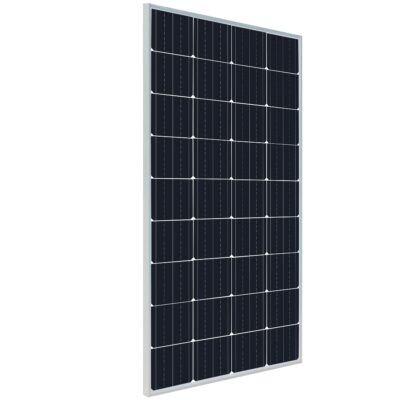
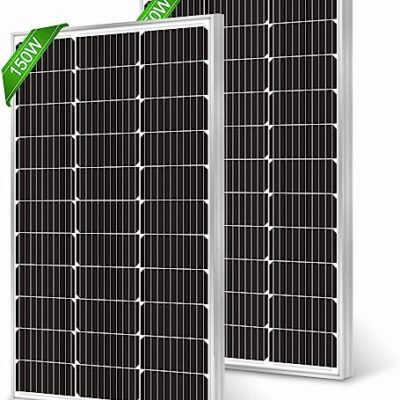
Nick P. –
Excelente panel solar, caldad y eficiente
Amazon Customer –
When I got these panels I thought I was going to get 800 w for both but it only gives me half of that. I don’t know if its set up incorrectly, but I was wanting more.
Scouter III –
The original 100 Watt solar panels have a lighter frame and are therefore lighter in weight than the heavier framed Renogy 100 Watt panels that look and perform virtually the same. I used four of the lighter weight DOKIO 100 Watt panels to construct two pairs of panels that are piano hinged on one side. I attached a cam action sash lock (to hold them closed) and a carrying handle on the other side. I sealed each of the screw locations with Loctite PL Marine Fast Cure Adhesive Sealant to prevent moisture entry. I positioned the solar panel sides to the inside of the hinge configuration to protect them during transport and carry. These two hinged assemblies when opened and wired together provide a nominal 400 Watt solar panel array.
Note – the following information applies to DOKIO’s original 100 Watt solar panels, not the 150 Watt panels described here on Amazon.
Depending on your charge controller, you can wire the four 100 Watt panels in parallel (high 23 Amps/low 22.5 Volts) or in series (high 90 Volts/low 5.75 Amps). Another alternative (depending on your charge controller limits) would be to wire each pair in series (45 Volts/5.75 Amps) and then wire the pairs in parallel (45 Volts/11.5 Amps). The higher volts and lower amps can use smaller wires (10-12 Ga.) to efficiently (and safely) transport the power from the solar panel array to the charge controller if the charge controller is rated to handle more than 45 volts or 90 volts respectively.
Update January 31, 2019 – At Ricky’s request I added some pictures.
Keep in mind that solar panel Wattage ratings are calculated under PERFECT conditions (the PANEL at 77 degrees Fahrenheit [not the air around it], 100% clean air and the panel perfectly aligned to the sun’s rays). Virtually all solar panels will produce only about 70-80% of the panel’s rated wattage in hot summer temperatures (-5% per 18 degree increase in the PANEL’s temperature over 77 degrees). On the other hand, they can typically produce MORE power than the panel’s rated wattage on very cold and bright sunshine days (+5% per 18 degree decrease in the PANEL’s temperature below 77 degrees) so make sure your charge controller can handle the higher power if you plan to use these under very cold conditions.
I discovered that I also need to work on controlling the RFI caused by the combination of my Chinese Manufactured MPPT charge controller and a 600 Watt Inverter … RFI is not a good thing for operating Amateur radio equipment.
Update March 23, 2019 – I have replaced my extremely RFI-Noisey Chinese Manufactured MPPT Charge Controller with a Morningstar PWM SunSaver Model SS-20L-12V that is compliant with FCC Part 15 rules regarding RFI control (made in Taiwan). Another Ham reported that this Morningstar PWM solar charge controller does not produce any RFI on his HAM system where he has connected his radio directly to the “Load” terminals on this model. Unlike most other solar charge controllers that allow only low-power lighting to be connected to their load terminals, this Morningstar charge controller’s instructions describe full capacity loads (20 Amps in this case) can be connected to the charge controller’s load terminals. This controller also includes a Low Voltage Disconnect (LVD) circuit that will shut the load terminals off if the battery’s voltage drops enough to damage the battery if it is discharged any more.
I will not operate my RFI-noisy DC-to-AC Inverter during Field Day. The FCC Part 15 rule compliant inverters cost in the neighborhood of $1,500-$2,000 and that high cost puts them beyond my budget.
I haven’t finished my portable power station for Field Day at this point but I will update this post after I get it operational and can determine if the charge controller produces any RFI on my Kenwood TS-2000 radio.
Update June 27, 2019 – I updated my Field Day SLA AGM battery bank to a pair of Bioenno Power 12V, 20Ah Lithium Iron Phosphate (LiFePO4) Batteries and used only one of my 200 Watt panel arrays. The Morningstar Charge Controller mentioned above is designed to be used on Sealed Lead Acid (SLA), AGM or Flooded Lead Acid type batteries and does not work with Lithium batteries. To charge my new Lithium batteries I purchased a Genasun GV-10-Li-14.2V, 10.5 Amp 12 Volt MPPT Solar Charge Controller. I was concerned that its 10.5 Amp current limit might not handle the two DOKIO 100 Watt solar panels. However, in the 90 degree Fahrenheit heat (panels were hotter) and partly cloudy skies we had on Field Day this year, the panels (wired in parallel) averaged about 7 total Amps so no problem. I also used my older Kenwood TS-440SAT HF radio on Field Day and it worked very well. The Genasun Charge Controller (like the Morningstar) did not produce any RFI on the radio at all! We operated the TS-440SAT HF radio all day on Saturday on one battery and only changed over to the second battery around 9:00 PM and used that second battery Saturday evening until ~1:45 AM on Sunday morning when we shut down to get some sleep. We re-started at 7:30 AM Sunday morning and continued using the second 20aH Lithium battery until we shut down at the end of Field Day. The DOKIO solar panels did a good job on Saturday in spite of the 50% clouds (and a 20-minute rain shower). Sunday was mostly cloudy which limited the power from the two 100 Watt cells to about .12 Amps. Overall these solar panel’s light weight and performance worked very well to build my small portable solar power system.
lamont –
Was easy plug and plug item , set it up on my roof top . Will buy more in future
Amazon Customer –
I bought one of these before. Decided that a second was needed for new project to match the first. It arrived and I discovered it was not the same size as the prior Dokio 150 watt panel. I had checked the size and the original panel was just under 39 x 39 inches. This panel is more like 36 x 36 (still in box). Amazon says it should be 39 x 39. I would not have purchased if I had known it was not the same size. Do any 39 x 39 inch panels remain? I would sure like one of those.
L1Active –
This panel has been mounted permanently on my camper for over a year and it’s been great. I’ve paired it with a Renogy Adventurer charge controller and now my camper’s battery is always in good condition. I appreciate that this came with MC4 connections, not all do.
Boondocking is not a problem as I’ve also got another 2 of these panels in a suitcase configuration that I can parallel in with the rooftop, though I often get by with just the 50W panel. These panels have been working so well that I made the leap to a 12V compressor fridge recently, I’d recommend a 50W panel for maintaining the battery and extending boondocking possibilities for anyone with a camper. If you are powering a 12V compressor fridge, go for 100W-150W and you should be good (depending on the fridge you get, and other electrical loads you have).
Durability and workmanship is good, it has held up in a few hail storms so far.
dane lee –
Es un buen producto si cumple con los requerimientos, solo falto el otro par de conectores para enlazarlo al controlador pero todo bien.
JCBCJ –
Reasonable priced but heavy. Packaged well.
dane lee –
I purchased 4 of these panels, price was great for the wattage. I checked the voltage and amps while laid out on the driveway, and even connected them up before I installed them. I got good voltage even while in the shade, charged a dead battery in 3 hours with only clouds in the sky. They are sturdy and look like quality panels. I installed them, paired in series and then in parallel. I used a 30 amp Renogy MPPT controller that was price reduced. I’ve been camping for 5 days with sun for a few hours of the day, and the battery has remained 100% during the day. I’m very happy with the value and performance and if I need more panels I will buy these again.
E. Mathews –
But I got up to 95 and that’s good.
Seems sturdy and well made.
Nice compact size for 100w.
Scouter III –
Set these up on top of my fifth wheel. Currently getting about 600W during the day which is just a little under the theoretical maximum considering the scorching desert heat they’re in and efficiency losses (surface temps are hot enough to need gloves while handling the panels). These are also cheaper than the other panels I looked at on here. Could get similar panels a little cheaper elsewhere but that would also require ordering 10+ panels which I absolutely have no need for. Very happy with these, highly recommend them. Will update in the winter when temps drop off and we’ll see just how much these can put out.
Edit 7/23: Weather has varied a lot since the initial review. 600W is typically the low end of max power output. According to my charge controller most days peak somewhere between 650-750W. Several days I’ve hit 800-830W! Majority of the time when I check my charge controller app I see it steadily hovering around 550-650W. Today is fairly cloudy and I’m generating around 350-400W at mid day. Still very happy with these and looking forward to adding more.
Lt W –
It work very well on my batterys
Nick P. –
Excellent panels at a good price.